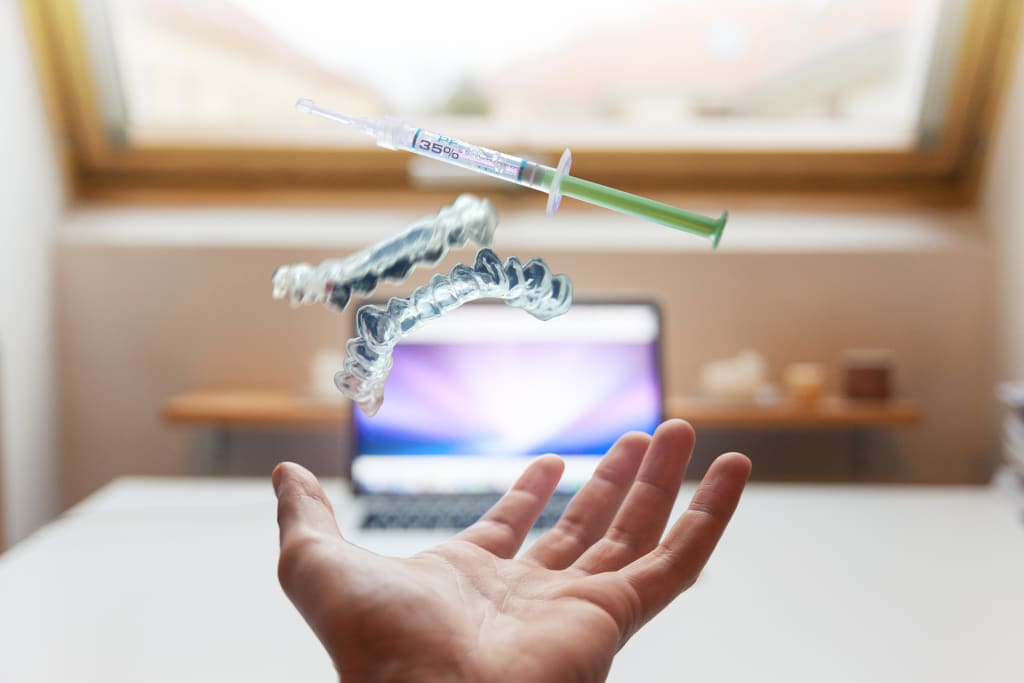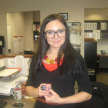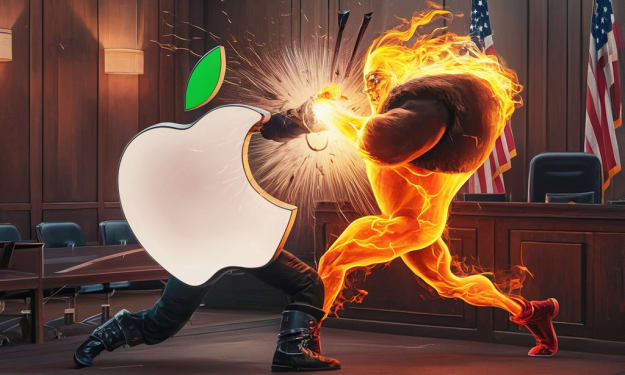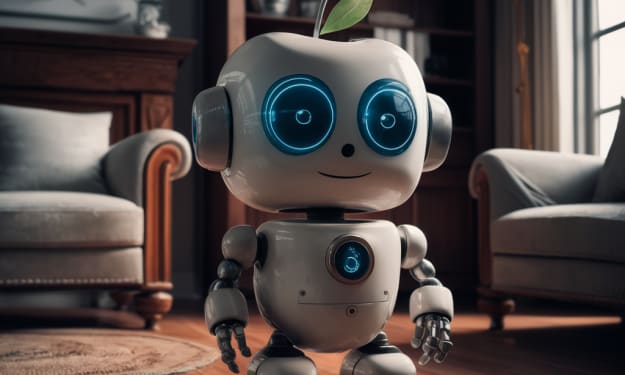5 Interesting Innovations in Digital Dentistry
Most people associate a dental office with a chair and a creepy drill.

And although one cannot do without these attributes, in terms of technical equipment, modern dentistry has made a confident step forward: anesthesia without a syringe, 3D modeling for implants, AR, and much more. In this article, we will take a look at five interesting novelties in modern dentistry.
1. Modern consultation
During a dental consultation, the main task of the dentist is to properly inform the patient and do so in a fairly short time. So, from the moment when the patient opens the doors of the clinic, until the moment when you’re presented with an individual treatment plan, no more than 15 minutes should pass. This is where modern gadgets come to help.
Today, the majority of dental clinics conducts diagnostics based on computerized tomograms, which are 3D images of the patient's jaw and bone tissue. Unlike old X-rays, here the doctor sees the full picture and can fix pathological changes or inflammatory processes at earlier stages. In addition, computed tomograms allow the doctor to visually demonstrate to the patient the problems he has and explain in detail the steps for further treatment.
2. Anesthesia without injection
Computerized anesthesia has become a real salvation for patients who are scared of injection. The invention is a small device resembling a pen. At the end is a microneedle. Since the anesthetic feed begins even before the puncture, that's why the patient does not feel any pain at all. By the way, the strength and speed of the anesthetic device are calculated based on the individual characteristics of a particular person.
The use of computerized anesthesia sets the correct tone for the whole subsequent operation: the patient feels comfortable and relaxed. However, only a limited number of clinics use such devices today.
3. Individual designs
The advent of computed tomography and 3D modeling has played a main role in the development of modern implant procedures. Thus, with the help of these technologies, the doctor can easily create a surgical template for future dental implants based on the characteristics of the jaw and bone tissue of each individual patient. This solution helps to predict and install implants as accurately as possible, reducing the risk of complications and speeding up the operation.
In addition, thanks to the development of IT in plastic, craniofacial, and neurosurgery, it is now possible to install individual implants to restore the symmetry of a person that was lost due to injuries or illnesses.
4. Operations in AR
Today, we can see many examples of the use of augmented reality (AR) in various fields of activity. This trend has also found its way into the medical industry. A special microscope is placed above the operated area (that is, the patient's mouth). The 3D image, in high quality and without time delay, is transmitted to special glasses.
The patient may not feel much of a difference, but the advantages are obvious. First, this increases the operated area 16 times, which allows the doctor to work more accurately and faster. Secondly, both doctor and patient can take the most comfortable position and remove the load from the cervical and vertebral departments.
5. Video and audio
New applications are constantly being introduced. For example, a new project appeared not long ago that offers non-medicinal sedation. Headphones with relaxing audio tracks. They help relieve patient stress before or during a dental operation. The recording includes sounds of nature, a calming voice with the right phrases and musical accompaniment.
Specialized dental cameras are also starting to play an important role in the field of dental surgery. First, the orthodontist always has a detailed treatment history for each patient, which is impossible with a regular medical record. Secondly, it makes the relationship between the doctor and the patient mutual, and in the case of disputable situations, one can always confirm or deny the competence of the specialist’s actions.
About the Creator
Amelia Grant
I am journalist, and blogger.






Comments
There are no comments for this story
Be the first to respond and start the conversation.